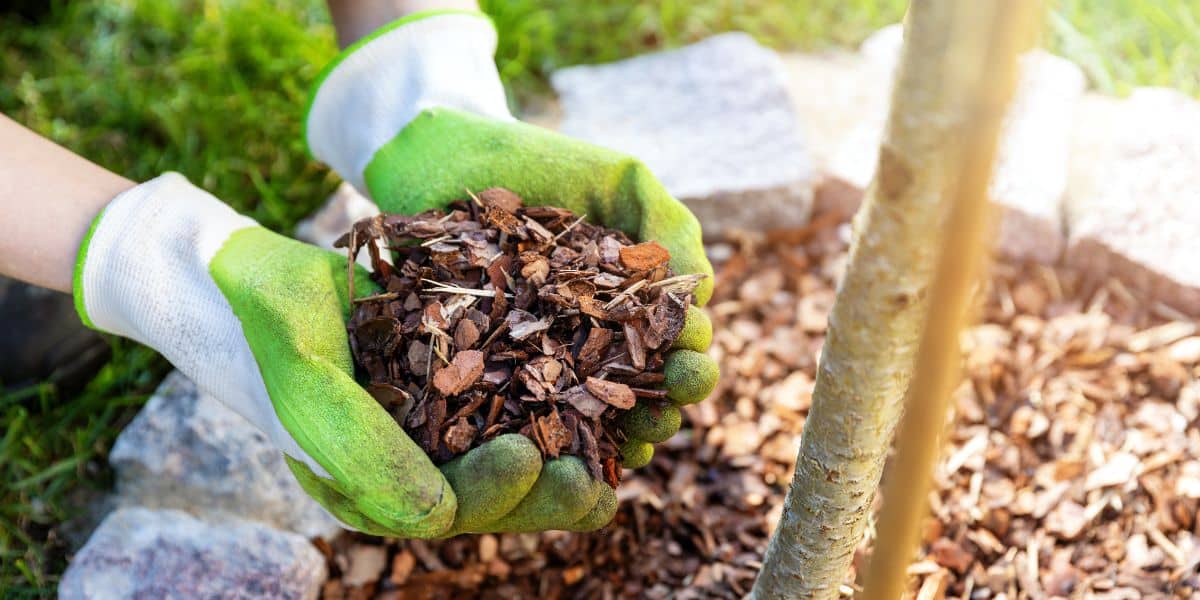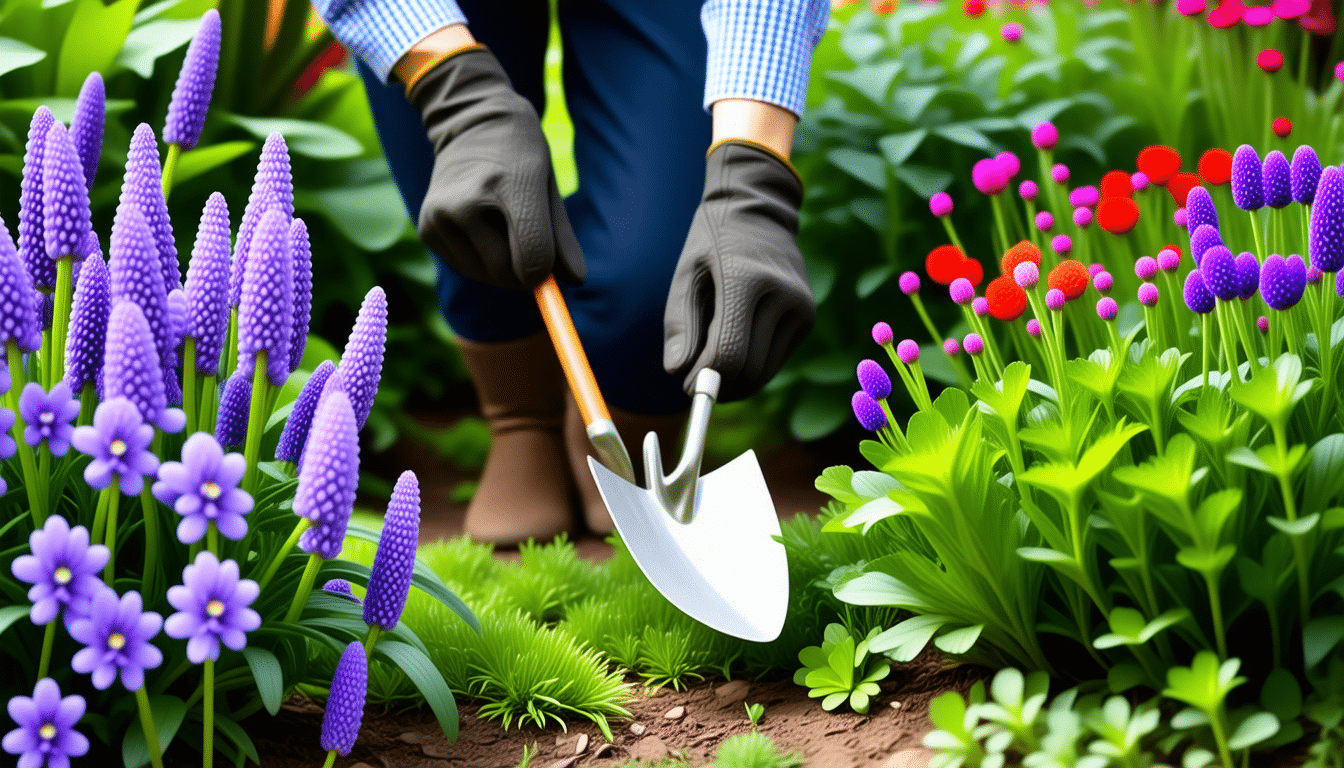Did you know that some of the best mulching materials for your garden are completely free? 🌿✨ By using natural, locally available resources, you can nourish your soil, retain moisture, and keep weeds at bay—all without spending a dime! Whether you have a backyard compost pile or access to fallen leaves, these simple solutions will elevate your garden’s health while reducing waste.
Mulching isn’t just about aesthetics—it plays a crucial role in maintaining a thriving garden. Below are four fantastic mulch options you can start using today:
- Leaf mulch: A natural insulator that enriches soil as it decomposes.
- Chopped plant matter: An easy way to return nutrients to the ground.
- Wood chips: A durable, moisture-retaining mulch perfect for pathways.
- Homemade compost: A nutrient-rich option that boosts soil fertility.
Garden mulch can come from your backyard—and it’s more valuable than you think! 🌿
From leaves to compost, these free options not only save you money but also improve the overall health of your garden. 🌱✨ Read on to discover the best mulching materials that will nourish your soil, fight off weeds, and promote sustainability.
Fun Fact: Did you know that mulch can lower your water usage by as much as 50%? By preventing evaporation, your plants stay hydrated longer—helping you save water and protect the environment.
1. Leaf mulch: nature’s free fertilizer
Each autumn, trees provide one of the best mulching materials for free—leaves! Instead of raking and discarding them, spread them over your garden beds. 🍂 As they break down, they release valuable nutrients into the soil, improving its structure and fertility.
For best results, shred the leaves first to help them decompose faster. A layer of 5–10 cm will insulate plant roots during winter and suppress weed growth. Over time, your soil will become richer and more moisture-retentive, creating the perfect environment for healthy plants.
2. Chop-and-drop: recycling plant matter on the spot
Why throw away pruned branches and garden clippings when you can use them as mulch? 🌿 The chop-and-drop method involves cutting back old plants and leaving them directly on the soil. This not only reduces waste but also creates a self-sustaining nutrient cycle in your garden.
Soft plant material like spent vegetable plants, herbs, and leafy greens break down quickly, adding organic matter to the soil. Woody stems take longer to decompose but provide excellent protection against erosion. This method is particularly useful in vegetable gardens and food forests.
3. Wood chips: the ultimate long-lasting mulch
Wood chips are a fantastic mulch for pathways, around trees, and under shrubs. They help retain soil moisture, regulate temperature, and suppress weeds. Plus, as they decompose, they improve soil health by fostering beneficial fungi.
For best results, apply a layer about 5–8 cm thick, ensuring that it doesn’t directly touch plant stems to prevent rot. You can often find free wood chips from local tree-trimming services or community recycling centers. 🌳
4. Compost: a powerhouse of nutrients
Homemade compost is one of the most effective and sustainable mulching options available. It enriches the soil with essential nutrients, promotes beneficial microbes, and improves moisture retention.
Spread a 3–5 cm layer of well-aged compost around plants, ensuring even coverage. Not only does this keep the soil moist, but it also reduces the need for chemical fertilizers, making it a win-win for both your garden and the environment. 🌱
Why mulching is worth the effort: Your garden’s secret to success
Incorporating free and natural mulching materials into your garden will create a healthier, more sustainable environment for your plants. By reducing waste, conserving water, and enhancing soil health, you’re taking a big step towards a greener, more eco-friendly garden. 🌿Now, it’s your turn—experiment with these options, and let your garden reap the rewards! And don’t forget to check back soon for more helpful gardening tips and tricks. 🌱✨





